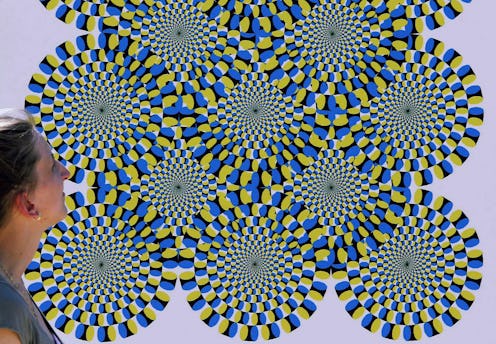Life
How Often Do People Hallucinate?
We like to think that hallucinations (perceiving something that isn't really there) and delusions (firmly believing something that contradicts reality) are a rare phenomenon, but apparently science just can't get its act together on just how common hallucinations and delusions are. Or rather, science can't figure out whether the rate of such episodes counts as a lot or not. What gives, science?
So what's all this about? Well, recently, researchers at Queensland University in Australia published a study in JAMA Psychiatry about the frequency of hallucinations and delusions, and as is customary, both the university and the journal put out brief press releases. However, despite being about the same study, they both had rather different takeaway messages.
From the JAMA Network Journals, the press release is entitled, "Global study finds psychotic experiences infrequent in general population." But Queensland University's release has as its title "Hallucinations and delusions more common than thought."
So are we overrun by hallucinations and delusions or aren't we?
Well, not really. It's true that the study in question did find a higher rate of hallucination and delusion in the general population than was previously thought, but the rate is still quite low, around 5.8 percent. Though according to their data, which comes from over 30,000 people across six continents, women and people with middle or high income are slightly more likely to have these "psychotic experiences." Still, although the rate of hallucinations and delusions was higher than expected, it's still quite low in the general scheme of things.
Obviously, this is good news, given that mental illness kind of sucks — not because there's anything bad about mentally ill people, of course, but because dealing with mental illness can be a difficult and extremely unpleasant process. Plus, not everyone has the resources to get the help they need. So it's good that the rate of things like hallucinations and delusions are still pretty low. Still, getting a good picture of how common such things are is important for figuring out how to address such issues, so knowing that the rate might be higher than assumed is good, too.
Now we just have to make sure not to confuse everyone while we're at it. OK, science?
Image: Giphy
